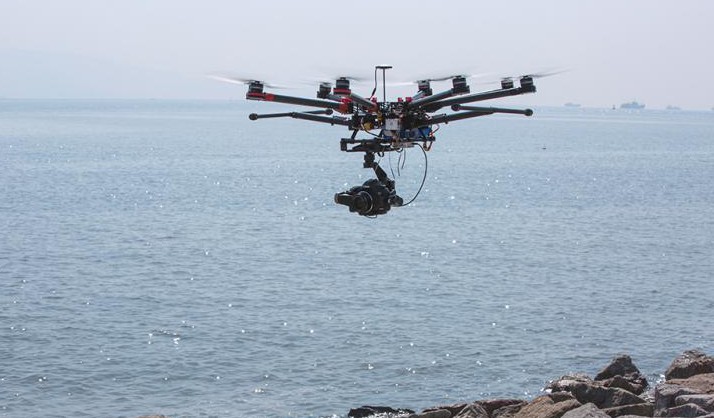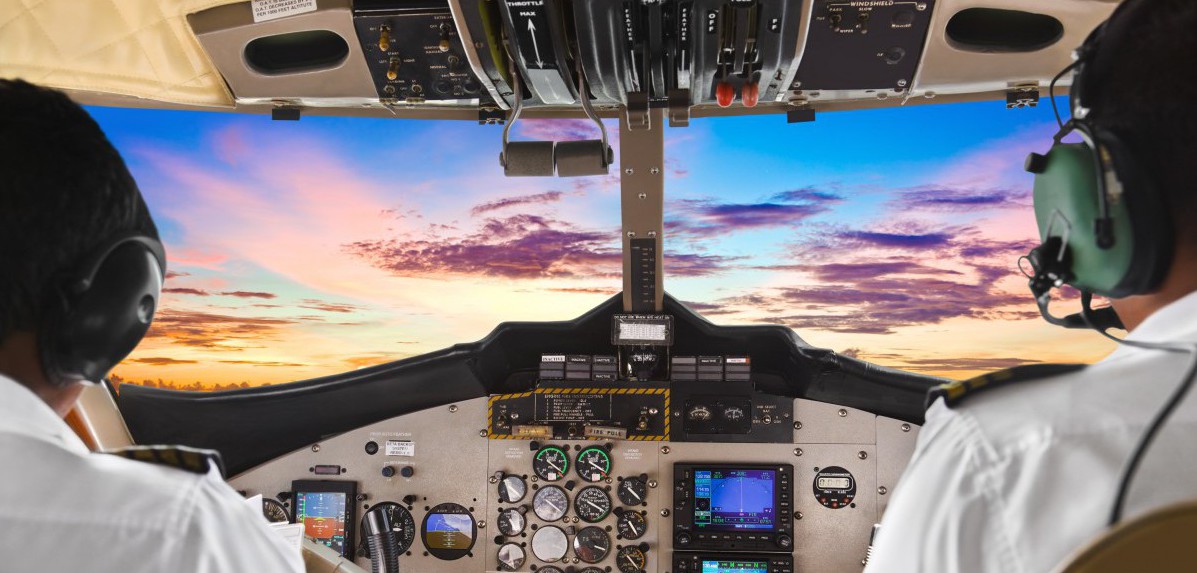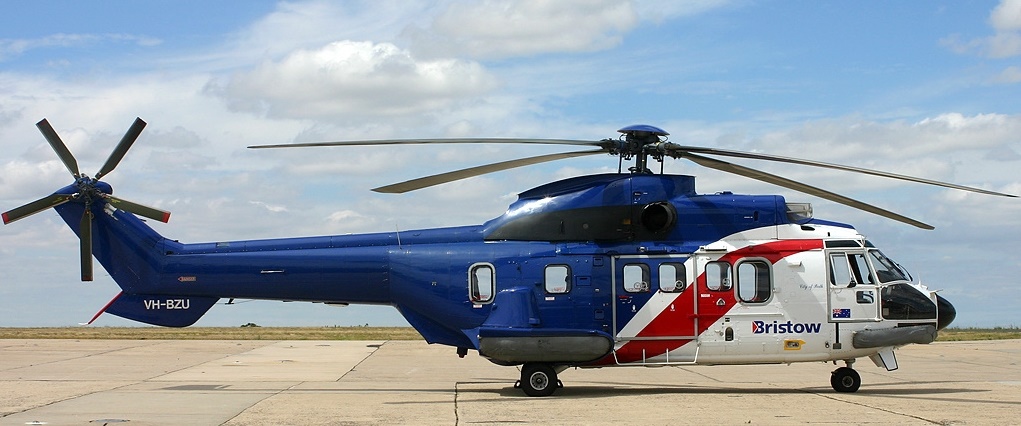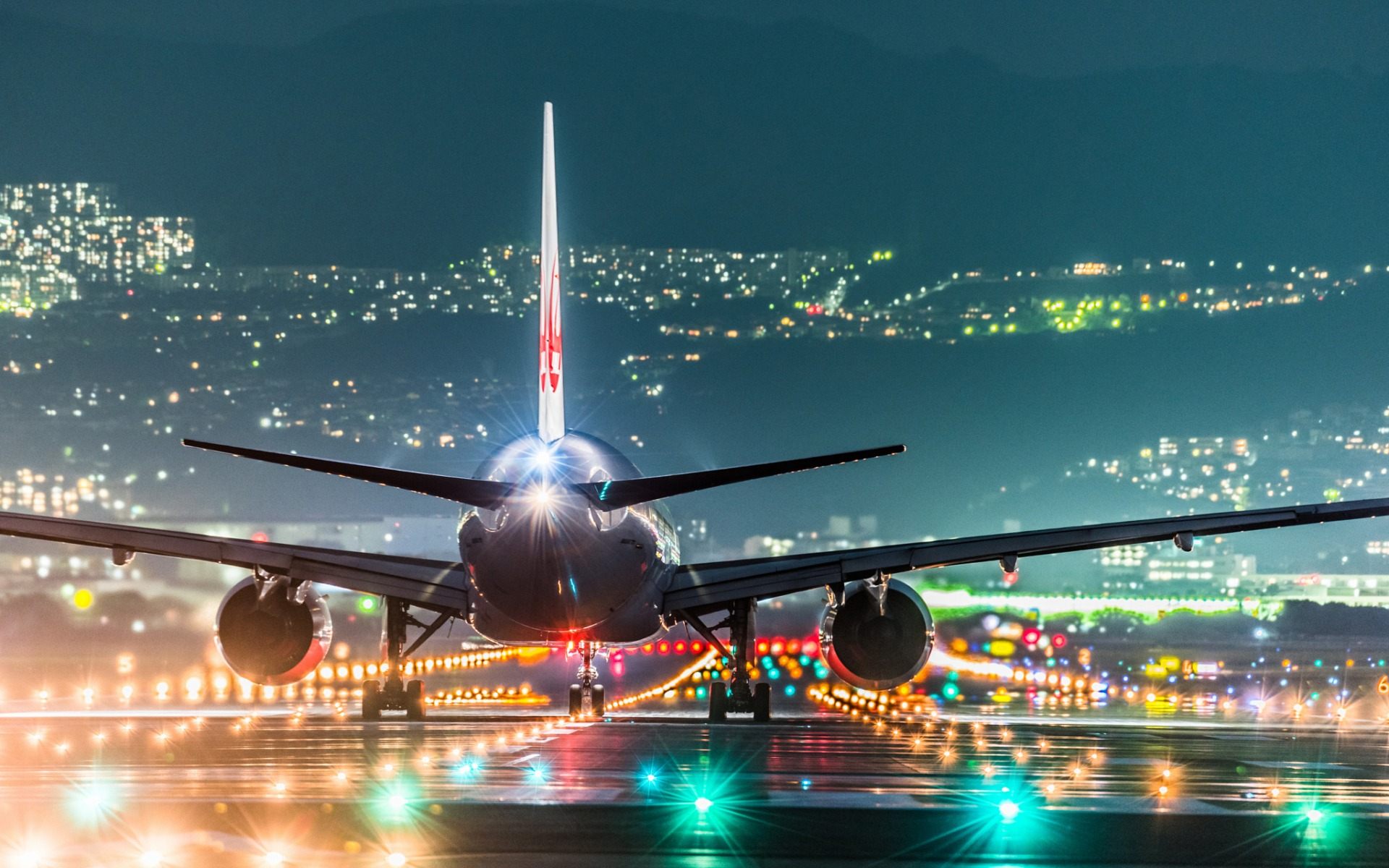The Ultimate FAA Guide to Drones
- By -
- Latest News
The Ultimate FAA Guide to Drones
First Things First. What is an unmanned aircraft system (UAS)?
A UAS is the unmanned aircraft (UA) and all of the associated support equipment, control station, data links, telemetry, communications and navigation equipment, etc., necessary to operate the unmanned aircraft.
The UA is the flying portion of the system, flown by a pilot via a ground control system, or autonomously through use of an on-board computer, communication links and any additional equipment that is necessary for the UA to operate safely. The FAA issues an experimental airworthiness certificate for the entire system, not just the flying portion of the system.
Do I need approval from the FAA to fly a model aircraft for recreation or hobby?
No. FAA guidance says that model aircraft flights should be flown a sufficient distance from populated areas and full scale aircraft, should be kept within visual line of sight of the operator, should weigh under 55 lbs unless certified by an aeromodeling community-based organization, and are not for business purposes.
Read the Do’s and Don’ts of Model Aircraft operations.
Read the FAA’s Interpretation of the Special Rule for Model Aircraft (PDF)
Can I fly a model aircraft or UAS over a stadium or at airshows or sporting events for hobby or recreation?
No. FAA guidance says that model aircraft flights should be flown a sufficient distance from populated areas.
Air Shows and Sporting Events
For aircraft operations in the vicinity of aerial demonstrations and major sporting events, 14 CFR 91.145 gives the FAA authority to establish Temporary Flight Restrictions (TFRs) to protect persons or property on the ground or in the air, to maintain air safety and efficiency, or to prevent the unsafe congestion of aircraft in the vicinity of an aerial demonstration or sporting event. In practice, TFRs issued under 14 CFR 91.145 are issued primarily for air shows. The FAA determines when a 14 CFR 91.145 TFR should be issued for a sporting event on a case-by-case basis.
Stadiums
FDC 9/5151, issued under 14 CFR 99.7 on “Special Security Instructions,” restricts flight over stadiums during Major League Baseball (MLB), National Football League (NFL) regular season, NCAA football, and motor speedway events. The so-called “stadium TFR” prohibits all aircraft and parachute operations at or below 3,000 AGL within a 3 nm radius of any stadium with a seating capacity of 30,000 or more people when there is an MLB game, regular or post-season NFL game, NCAA Division I football game, or major motor speedway event occurring. This TFR applies to the entire US domestic national airspace system, and takes effect from one hour before the scheduled event time until one hour after the event concludes.
I want to fly a UAS for business purposes…do I need approval from the FAA?
Yes. There are presently three methods of gaining FAA approval for flying civil (non-governmental) UAS:
- Special Airworthiness Certificates – Experimental Category (SAC-EC) for civil aircraft to perform research and development, crew training, and market surveys. However, carrying persons or property for compensation or hire is prohibited. For more information, please contact the Airworthiness Certification Service, AIR-113, at 202-267-1575. 1,3
- Obtain a UAS type and airworthiness certificate in the Restricted Category (14 CFR § 21.25(a)(2) and § 21.185) for a special purpose or a type certificate for production of the UAS under 14 CFR § 21.25(a)(1) or § 21.17. 7,8
- Petition for Exemption with a civil Certificate of Waiver or Authorization (COA) for civil aircraft to perform commercial operations in low-risk, controlled environments. For more information, please visit our Section 333 page. Instructions for petitioning for exemption are available here.
Public (governmental) UAS operations must go through the Public COA process. More information is available here.
How do I obtain an experimental airworthiness certificate?
The Aircraft Certification Service, AIR-113 at FAA headquarters in Washington, D.C. holds this responsibility and can be reached via email or telephone at 202-267-1575. All questions regarding the process and procedures required to obtain an experimental certificate will be answered by AIR-113. 1,3,5
How long does the experimental airworthiness certification process take?
From our experience, depending on the complexity, this process can take from two months to one year.
How long does the Section 333 process take?
The standard period for evaluating petitions for exemptions is 120 days.
Is an FAA-issued pilot certificate required to operate a civil UASunder an experimental airworthiness certificate or a grant of exemption under Section 333?
If the aircraft is issued an airworthiness certificate, a pilot certificate is required. 5
Pilot certification requirements for petitions for exemption under Section 333 are evaluated on a case-by-case basis. While Section 333 grants the Secretary of Transportation flexibility with regard to airworthiness certification requirements, it does not grant the Secretary any flexibility with regard to airman certification standards as outlined in Sections 44703 and 44711 of Title 49 of the United States Code (49 USC). An FAA airman certificate is required to operate an aircraft in the National Airspace System.
If I want to operate a public UAS, how do I obtain a Certificate of Waiver or Authorization (COA)?
The UAS COA process is managed in Washington, DC, FAA Headquarters in theUAS Group (AJV-13). Contact AJV-13 via email for assistance. The process includes opening a COA website account, which has an application that can be populated on-line. Public aircraft are tied to government agencies, therefore credentials must be provided. 6
How long does the process take to obtain a public COA?
From our experience, depending on the system and operational complexity, the process may take from 60 to 90 days.
What’s the difference between public and civil aircraft?
A public aircraft is one that is only for the United States government or owned and operated by the government of a state, the District of Columbia, or a territory or possession of the U. S. or a political subdivision. Operators of public aircraft include DOD, DOJ, DHS, NASA, NOAA, state/local agencies and qualifying universities. Civil aircraft means other than a public aircraft.
Is the FAA considering a special type of airspace for UAS?
Currently there are no actions being taken to establish a “special UAS airspace”. This “special UAS airspace” would be counter to the idea of integrating unmanned aircraft into the NAS because it would be segregating, not integrating.
Why do commercial operations require a different process? What are the obstacles to standards, certification, and operating procedures?
All operations conducted in civil airspace must meet minimum levels of safety. Public UAS operators have the ability to self-certify their equipment and personnel, but civil operators are certified by the FAA. We believe civil operators will benefit from the collaboration between the FAA and the public operators. Presently, the FAA is drafting a rule to address small UAS (less than 55 lbs.). Until that rule is promulgated, anyone wishing to operate a UAS for purposes other than hobby/recreational must obtain a grant of exemption issued under Section 333 or type and airworthiness certificate.
What do you think the FAA will have to do to address the UASindustry changes and growth?
The UAS industry has grown largely as a result of supporting the defense organizations and this is reflected in the type of systems that have been developed. However, operations in civil airspace have different priorities. Civil performance standards are often more stringent, especially in the areas of reliability. Public expectation for a safe aviation environment drives our very high standards.
Can news media fly a UAS to shoot stories or cover breaking news?
News media use of a UAS is not for hobby or recreational purposes, so FAA authorization is necessary. Media organizations may hire a company that already has a Section 333 exemption; that company would have to apply for and obtain a Certificate of Waiver or Authorization (COA) to fly in a particular block of airspace. Media organizations also may apply for their own Section 333 exemptions. See http://www.faa.gov/uas/legislative_programs/section_333/
Which governs the airspace over my property – FAA regulations or local/state laws about unmanned aircraft systems (UAS)?
Under 49 United States Code 40103, the United States Government has exclusive sovereignty of airspace of the United States and the FAA has the authority to prescribe air traffic regulations on the flight of aircraft, including UAS. Whether Federal law preempts state or local requirements for UAS depends on the precise nature of those requirements. The Department of Transportation evaluates these laws or requirements on a case-by-case basis to make sure they don’t conflict with FAA’s authority to provide safe and efficient use of U.S. airspace.
References
- Federal Register Notice – Clarification of FAA Policy (PDF), UAS Operations in the U.S. National Airspace System
- FAA’s Interpretation of the Special Rule for Model Aircraft, Notice of Interpretation
- Notice 8900.227 (PDF), Unmanned Aircraft Systems Operations in the U. S. National Airspace System
- Part A, Subtitle VII of title 49, United States Code, Section 40102, Definitions; and 14 CFR 1.1 General Definitions
- FAA Order 8130.34C (PDF), Airworthiness Certification of Unmanned Aircraft Systems
- Advisory Circular 00-1.1A (PDF), Public Aircraft Operations
- FAA Order 8110.56A (PDF), Restricted Category Type Certification
- FAA Order 8110.5C Type Certification (PDF)














